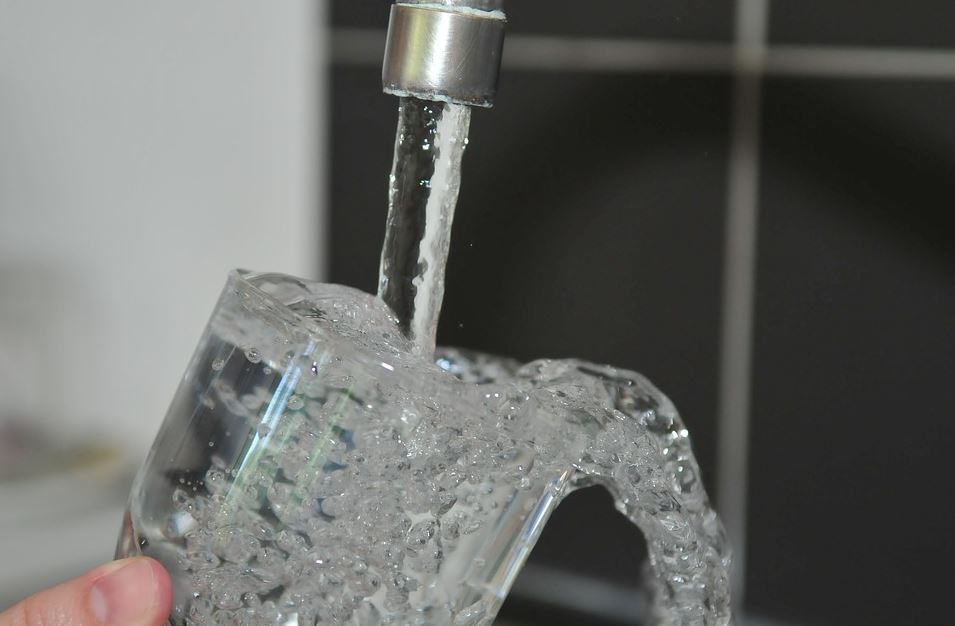
The fresh water coming out of your tap suddenly tastes strange, like salt water! Has it been sabotaged? Should you drink it? Before you sound the alarm to the neighbors, here are a couple of qualifying possibilities: You probably live in the Midwest or the northern part of the United States, and you have had a snowfall and the roads were salted. Read on to find out why this change might have taken place.
Melting snow
As snow melts through the action of salting, the melt-water must sink into the ground or run off into streams and rivers. A stream or river may be part of a water source for your city. If the levels of chloride or sodium become especially heavy, as in the case of road salters after several major snowstorms, individuals may taste salt in their drinking water.
What are the health and safety standards for salty water?
At present, there are no serious ones. The recommended upper limit for chloride is 250 mg/L for chloride and 50 mg/L for sodium. However, the taste may be unpleasant. Typically, sodium and chloride are not removed by standard processes of water treatment, so it’s recommended to contact a treatment company like Johnson Water Conditioning to improve its quality. Water treatment companies provide the technical expertise and serious investment in research needed to keep drinking water safe and top-quality for health. Water is tested very carefully through water treatment companies, so taste is more of a problem with winter water than safety.
Is my water really safe to drink if it tastes salty?
For the average person, the levels mentioned previously are deemed safe through serious research. However, if you have compromised health with high blood pressure levels, the upper levels of sodium could present a problem.
Can’t the highway department find a way to salt the streets less?
Several practices have promise. Magnesium chloride can be applied to roads as a liquid. It chemically prevents ice from bonding to the road and dissolves layers of ice that have formed. This is best used previous to icing when storm warnings have been issued. There is some danger to marine life, but when diluted, magnesium chloride poses minimal concerns.
Another successful option is the application of shale or even ground volcanic minerals for traction, instead of the dusty sweep of sand and its particulate air pollution. Shale causes less ruin from rust, and reduces damage to headlights and windshields.
That doesn’t help the taste of my water!
Distillation systems or reverse osmosis filters at the tap can help remove the salty taste of sodium. Chloride occurs naturally in ground water, besides through the action of salt, and it can be quite corrosive to plumbing with time. Reverse osmosis is helpful. With the method of reverse osmosis, 50 percent of the water is recovered as pure, and the rest is wastewater containing the chloride and sodium. Distillers are also effective, but use a lot of energy. Again, contact a water conditioning company if you have concerns. The continuing research and development of water treatment centers is the foundation for fresh, wholesome drinking water.


Comments
Loading…